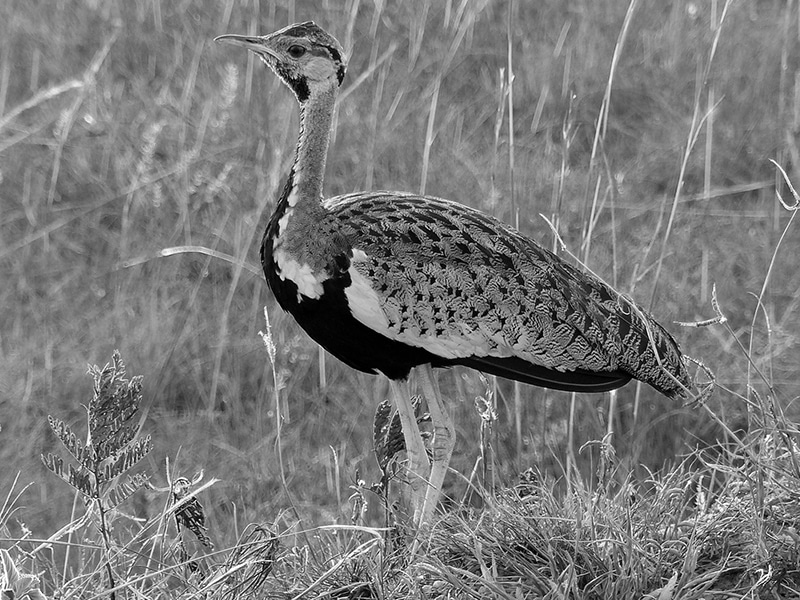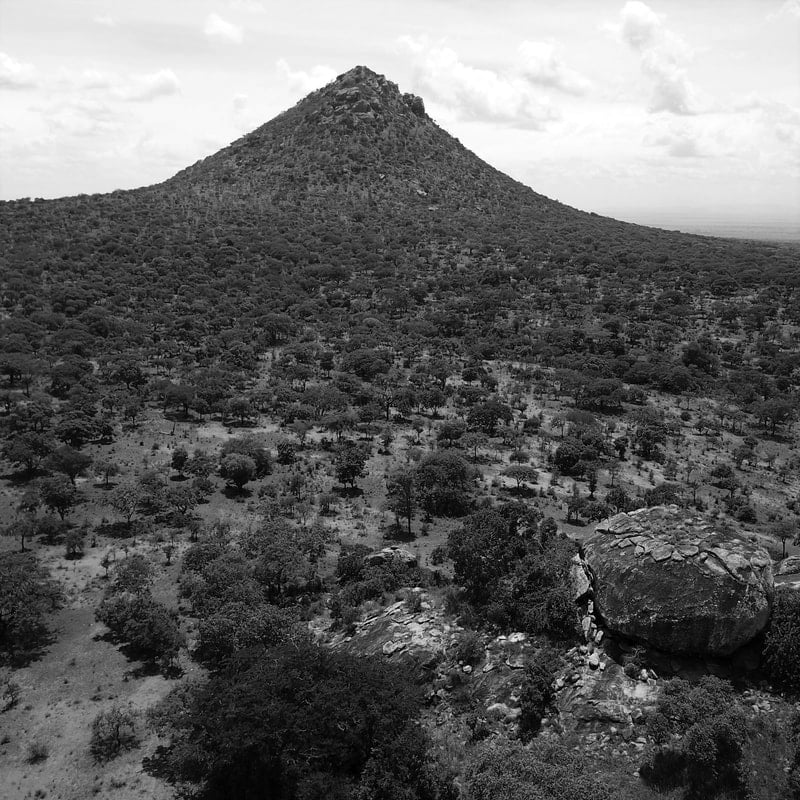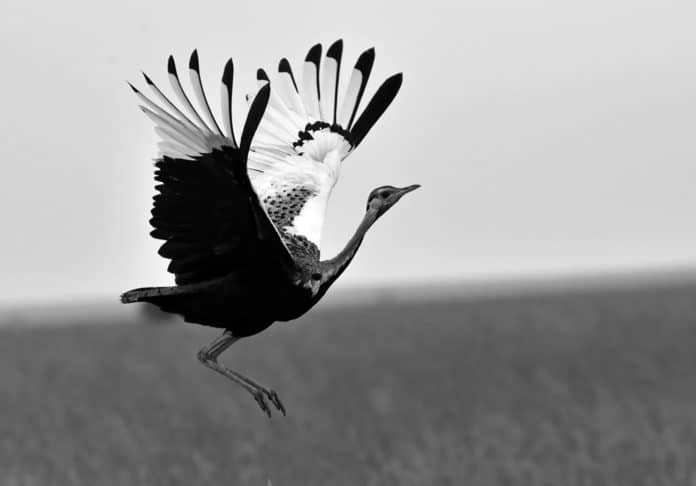The Bustards of Tanzania: Marvel at the Magnificence of These Savannah Giants
Introduction to the bustards of Tanzania
Tanzania, a country known for its diverse wildlife, is home to a remarkable array of bird species. Among these majestic creatures are the bustards, the true giants of the savannah. Bustards are large terrestrial birds belonging to the family Otididae. They are known for their impressive size, striking plumage, and unique behaviors. In this article, we will delve into the world of bustards in Tanzania, exploring their importance, the different species found in the country, their physical characteristics and adaptations, and much more. So, let’s embark on this journey and marvel at the magnificence of Tanzania’s bustards.
The importance of Tanzania for bustards
Tanzania holds immense significance for bustards, as it provides a rich habitat and favorable conditions for their survival. The country’s vast savannahs, grasslands, and open plains offer an ideal environment for these magnificent birds. Bustards rely on these expansive landscapes to forage, breed, and display their elaborate courtship rituals. Moreover, Tanzania’s geographical location, situated on key migration routes, attracts a wide variety of bustard species during different times of the year. This makes Tanzania a critical stopover and breeding ground for many migratory bustards. The abundance of food resources, coupled with the country’s commitment to wildlife conservation, further enhances the importance of Tanzania for the survival of these birds.
The different species of bustards found in Tanzania
Tanzania is blessed with a rich diversity of bustard species. One of the most common species found in the country is the Kori bustard (Ardeotis kori). The Kori bustard is the heaviest flying bird native to Africa, with males weighing up to 20 kilograms. Its beautiful plumage, characterized by a mix of grey, brown, and black feathers, is truly a sight to behold. Another prominent species found in Tanzania is the Buff-crested bustard (Lophotis gindiana). This medium-sized bustard is easily recognizable by its distinctive crest and its habit of raising its wings to display its striking black and white markings during courtship. Other notable bustard species in Tanzania include the White-bellied bustard (Eupodotis senegalensis), the Denham’s bustard (Neotis denhami), and the Black-bellied bustard (Eupodotis melanogaster). Each of these species adds to the vibrant tapestry of Tanzania’s avian diversity.

Physical characteristics and adaptations of bustards
Bustards are magnificent creatures with unique physical characteristics and adaptations that enable them to thrive in the harsh African savannah. One notable feature of bustards is their long, sturdy legs, which allow them to navigate through tall grasses and run at impressive speeds when threatened. Their large wingspan provides excellent lift, enabling them to take flight effortlessly. Bustards also possess exceptional eyesight, allowing them to spot prey from great distances. Their beaks are specially designed to capture a variety of food, ranging from insects and small reptiles to seeds and plant matter. Furthermore, bustards have intricate plumage patterns that provide camouflage, blending seamlessly with their surroundings. These adaptations make bustards highly efficient hunters and survivors in their natural habitat.
Habitat and distribution of bustards in Tanzania
Bustards in Tanzania are primarily found in the country’s open grasslands, savannahs, and arid plains. These expansive habitats provide the necessary space for bustards to forage, breed, and engage in their elaborate courtship displays. The distribution of bustard species in Tanzania varies, with some species being more widespread than others. For example, the Kori bustard can be found throughout Tanzania, while the Buff-crested bustard is more commonly seen in the eastern and southern parts of the country. The White-bellied bustard prefers the northern regions, and the Denham’s bustard is often spotted in the central and western areas. The Black-bellied bustard, on the other hand, is primarily found in the southern regions of Tanzania. Understanding the habitat preferences and distribution patterns of these birds is crucial for birdwatchers and conservationists alike.
Breeding and mating behavior of bustards
Bustards are known for their fascinating breeding and mating behaviors, which are often accompanied by elaborate courtship displays. During the breeding season, male bustards engage in impressive aerial displays, soaring high into the sky and making deep, resonant calls to attract females. These displays involve puffing up their feathers, raising their wings, and leaping into the air, creating a spectacle of sound and movement. Once a female is successfully courted, she will lay her eggs on the ground, usually in a hidden nest constructed by the male. Both parents take turns incubating the eggs, ensuring their protection and survival. The chicks hatch after a few weeks and are precocial, meaning they are able to walk and feed themselves shortly after birth. Witnessing the breeding and mating behaviors of bustards in Tanzania is a true marvel of nature.
Threats and conservation efforts for bustards in Tanzania
While Tanzania provides a favorable habitat for bustards, these magnificent birds face various threats to their survival. One of the primary threats is habitat loss due to human activities such as agriculture, infrastructure development, and unsustainable land use practices. The conversion of grasslands into farmlands and the fragmentation of their habitats disrupts the natural balance and reduces the available space for bustards to thrive. Another significant threat is hunting and poaching, driven by the demand for bustards as game birds and for their feathers. Climate change also poses a threat, as it alters the availability of food and water resources, potentially impacting the survival of bustards. To address these challenges, conservation efforts in Tanzania are focused on habitat protection, raising awareness among local communities, and implementing sustainable land management practices. These initiatives aim to safeguard the future of Tanzania’s bustards and ensure their conservation for generations to come.
Where to spot bustards in Tanzania

Tanzania offers numerous opportunities to spot bustards in their natural habitat. National parks and game reserves, such as Serengeti National Park, Tarangire National Park, and Ruaha National Park, are excellent locations to encounter these magnificent birds. The vast grasslands and open plains of these protected areas provide an ideal environment for bustards to thrive. Additionally, the Ngorongoro Conservation Area and the Maasai Steppe also offer excellent birdwatching opportunities. It is important to plan your visit during the appropriate seasons, as some bustard species are migratory and can be found in specific regions at certain times of the year. Consulting with local birdwatching guides or joining organized birdwatching tours can greatly enhance your chances of spotting these elusive giants of the savannah.
Tips for birdwatching and photographing bustards in Tanzania
Birdwatching and photographing bustards in Tanzania can be a rewarding experience for nature enthusiasts and wildlife photographers. Here are some tips to make the most of your adventure:
- Research and plan: Familiarize yourself with the different bustard species found in Tanzania, their habitats, and their behaviors. This will help you identify them more easily in the field.
- Use binoculars and telephoto lenses: Bustards can be elusive and may keep their distance. Bringing binoculars and telephoto lenses will allow you to observe them from a distance without disturbing their natural behaviors.
- Be patient and observant: Bustards are masters of camouflage and may blend into their surroundings. Take your time to scan the landscape carefully and listen for their calls, as this can lead you to their location.
- Respect their space: While it’s exciting to get close to these magnificent birds, it is essential to respect their space and not disturb their natural behaviors. Keep a safe distance to avoid causing stress or disrupting their routines.
- Capture the moment: If you’re a wildlife photographer, be prepared to capture stunning images of bustards in their natural habitat. Pay attention to lighting, composition, and the unique behaviors of these birds to create memorable photographs.
By following these tips, you can make the most of your birdwatching and photography experience, creating lasting memories of Tanzania’s bustards.
Celebrating the beauty and diversity of Tanzania’s bustards
Tanzania’s bustards are truly marvels of the savannah, commanding attention with their size, beauty, and unique behaviors. From the impressive Kori bustard to the striking Buff-crested bustard, each species adds to the rich tapestry of Tanzania’s avian diversity. However, these magnificent birds face numerous threats to their survival, including habitat loss and hunting. It is crucial that we appreciate and celebrate the beauty of Tanzania’s bustards while also working together to ensure their conservation. By supporting sustainable land management practices, raising awareness, and promoting responsible tourism, we can contribute to the preservation of these majestic giants for future generations. So, let us venture into the vast landscapes of Tanzania and marvel at the magnificence of its bustards, for they truly epitomize the wonder of the natural world.
For more articles related to Wildlife in Tanzania (Animals), click here!


































